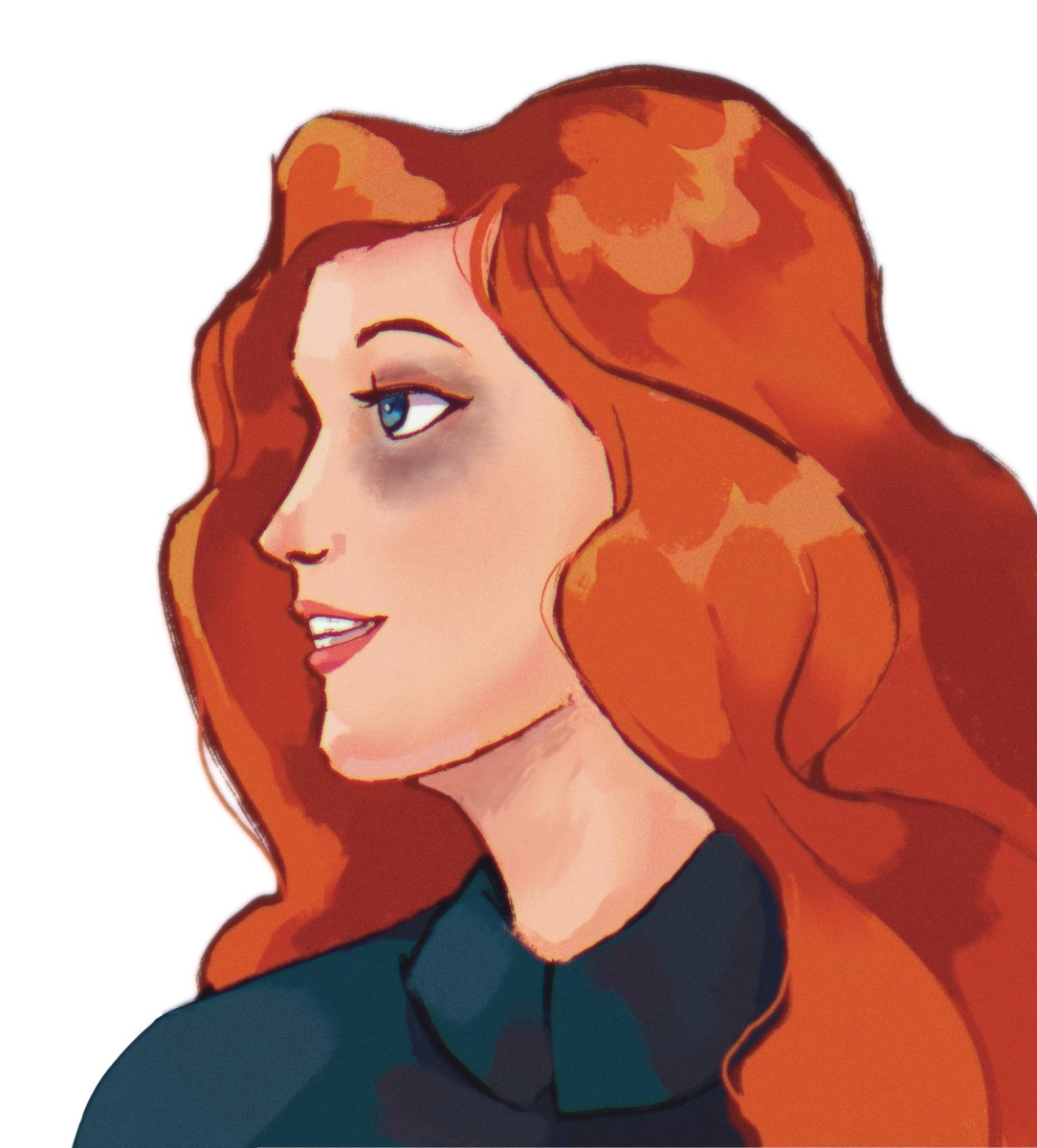The smell of buttered popcorn fills the air as the theater lights dim. A crowd of women, girls and a few couples lean forward in anticipation, giggling through corny moments on screen.The atmosphere is warm and a cliché love story seems to be unfolding perfectly.
Then the male lead hits his wife across the face, and the theater goes silent.
In August, Colleen Hoover’s bestselling romance novel “It Ends With Us” was adapted into a major film.The book has sold over ten million copies and was on the bestseller list for 169 weeks.
But behind a neatly wrapped romance novel lies a controversy about how viewers consume stories about abuse.
“It Ends With Us” follows the story of Lily Bloom, a young woman who meets Ryle Kincaid. The two of them fall in love and get married, but the relationship soon turns toxic after Ryle physically abuses her.
Hoover was originally a self published author, and despite her enormous fan base, there’s a noticeable divide in discussions about her work. Fans praise her books for being well written, and engaging. On the other hand, Hoover’s novels have been highly criticized for washing over and glamorizing sensitive topics.
“I ordered some of her books on Amazon and I skimmed them,” Palo Alto High School librarian Sima Thomas said.
“There is this line at the end of the book, after she [Lily] has a daughter with the guy who was abusive. She [Lily] was like ‘Well, sometimes good people do bad things,’” Thomas said.
Ryle isn’t automatically portrayed as a villain, because readers and viewers are meant to fall in love with him just as Lily did, so that they are just as shocked when his abusive behavior begins.
“I think if you’re in a situation like that, it’s very confusing, so I think that’s what they try to do with the violence,” Gabriella Ribera, a junior at Woodside High School said.
However, the concern arises when readers fail to grasp that just because Ryle is portrayed as charming and attractive, that does not excuse or normalize his later behavior. For more impressionable fans, critics worry that Hoover’s writing could inadvertently normalize abusive behavior.
Aside from the handling of sensitive subject matter, a big critique of the movie is that it fell short in comparison to the book.
Even with the two hour run time, the movie felt rushed from the moment Lily and Ryle met. Many fans of the book say that the movie left out crucial moments, like scenes between Lily and Atlas Corrigan, her first love from high school, who she reconnects with while married to Ryle.
“I recommend [the movie] for people who haven’t read the book,” Paly sophomore Luana Sassaki said. “It doesn’t focus much on Lily’s childhood and on her connection with Atlas. And also how hard it was for her to raise her daughter, but still need to have a connection [with Ryle].”
Throughout both the movie and book, Lily struggles to leave Ryle, forgiving him multiple times until she gives birth to their daughter. After she gives birth, she tells her daughter that the cycle of abuse “ends with us,” and asks Ryle for a divorce.
Despite being one of the most emotional scenes in the book, the acting throughout this scene in the movie fails to capture that same feeling, as the acting feels inauthentic.
“I feel like something that impacted me from the book that I didn’t feel much impact from the movie was how kind of hard it is to be in that abusive relationship,” Sassaki said. “Also how emotionally draining it can be, because you’ll still love and want to be with that person.”
The disconnect between the book and film highlights how challenging it can be for the media to capture the full complexity of serious issues, due to time restraints or in order to make stories more marketable.
“A lot of things that go through Hollywood, there’s like a blanket tossed over a lot of important topics, and especially in the case of abusive relationships,” Paly sophomore Anja Covert said. “Showing an accurate portrayal of how complex they are is really important to the viewer because it really does send a message to the people watching it.”
Lily and Ryle’s relationship captures the confusion and uncertainty people in toxic relationships experience, which can help readers and viewers who find themselves in similar situations. It also shows how hard it can be to get out of an abusive relationship.
“If you have a child with someone it’s kind of a big deal to leave them because then you’re raising them without their parent,” Ribera said.
Even though the movie adaptation of “It Ends With Us” could have been executed better, its portrayal of abuse still serves a valuable purpose for modeling what healthy relationships should not look like.
“It creates important conversations, and it’s a topic that teens and young adults maybe don’t discuss enough, because dating violence exists in teenage relationships too, and is serious,” Thomas said. “So if this book gets that conversation going then that’s positive.”



